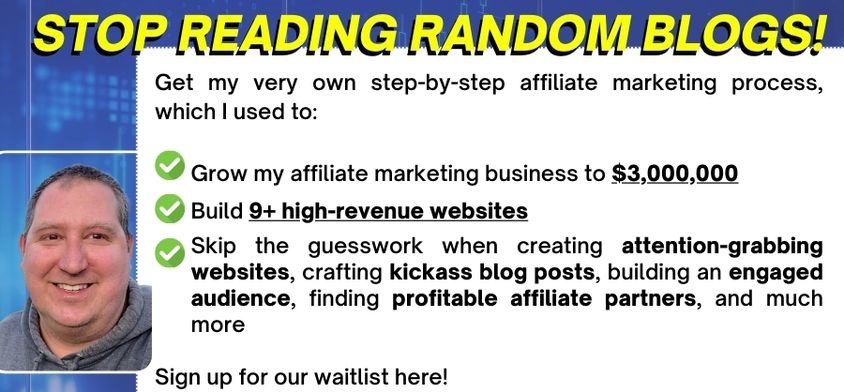Blogging is still one of the best marketing tools at your disposal, with quality content remaining at a premium online. The ability to build an audience can help with personal branding, product sales, and long-term relationships, allowing you to develop a tangible asset. As with most successful marketing strategies, blogging can take time to bear fruit, but the relationships you build can sustain you during the ups and downs of your business. The blogging world is a competitive one, though, and you need to follow a roadmap if you want to distinguish yourself from your rivals.
Find out What Your Audience Wants to Know
There are numerous questions a niche audience will have, but they might not all be self-evident. While you should eventually become more attuned to what readers want, initially it takes some research. Read relevant forums to see the common inquiries members make, research the topic, then provide a blog post that answers the broad question. You can often link to your article on the forum, providing an additional burst of targeted traffic. A similar research plan can be followed on social media with the use of hashtags and the search function.
Stay Consistent
Consistency is key for blogging, but it requires an initial effort that may not feel productive. If you only blog sporadically, even if your audience is very small, you will struggle to keep people coming back to your blog. Consistency will provide you with a routine that becomes second nature to you, but it also trains an audience to return to your site according to the posting schedule.
Build a Subscriber List
Even if you provide great content, there are so many distractions online that many readers will not return to your blog. Building a subscriber list lets you remind people when new content is released, keeping your name fresh in the memory. Email is one of the best ways to build your list, but you can also create a feed that updates with each new post. Your subscriber list will become a valuable asset to your business, providing direct access to an eager audience.
Be Active in the Comments
Try to think of your blog post as the start of a conversation. Readers will add comments underneath the article, often bringing up points you hadn’t considered. By staying active with your comments, you start to create a community where people feel their opinions are being heard. It can be time-consuming to respond to comments, but setting aside a small block of time each day can make the process manageable.
Encourage Sharing
Social media is the perfect way to increase your traffic, particularly if your content is easy to share. To encourage sharing there are two main factors to think about. Firstly, including prominent social buttons will make the process of sharing much easier, while featuring the number of shares can provide elements of social proof. Secondly, the content itself should be something people are keen to share, whether it is by providing something educational, interesting, funny, or bizarre.
Be Patient
Blogging, like SEO and other less expensive marketing strategies, can take time to produce results. If you are looking for immediate outcomes, paid traffic is your best option, but there is no certainty you will make your money back. You may write a number of posts that brings no traffic, no comments, and no social shares. The lack of response can be frustrating, but blogging tends to start slow and, assuming you are producing quality content, begins to snowball as your audience starts recommending your posts.
Write About Your Passion
Many people are reluctant to start a blog because they can’t decide on a niche topic. Wherever possible, start writing about something you are passionate about, even if you are not yet an expert. Writing consistently about subjects that hold little interest is tough, so you want to start with at least a general interest. If you don’t have a passion you want to pursue, choose something with commercial intent that you are intrigued to learn about. Your journey to educate yourself on a subject can even form the basis of your blog.
Use Analytics
As your blog begins to grow, your collection of data should also grow. Analytics will provide you with details of your visitor numbers, social shares, bounce rate, and much more. Even if your strength lies with content creation, analyzing this data can help you provide a better service to your readers. By looking at your analytics reports, it should become fairly clear how an audience reacts to different topics, post length, and writing style.
Conclusion
If you can incorporate all of these tips into your blogging routine, there is no reason you can’t create a popular site. While it might feel like there is an abundance of content online, there is always room for new voices with interesting perspectives. Embrace the social aspects of blogging, creating articles that people want to read and share, while also communicating with readers. As your blog starts to grow, the publicity, revenue, and satisfaction should all increase exponentially.



